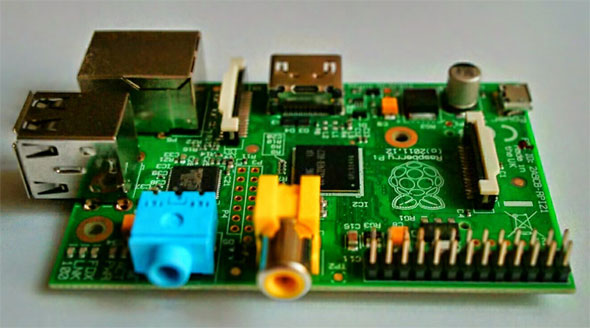Max Shron
Materials that make up our world
Digital manufacturing is the future — reusable, composable, and rapid from top to bottom.
Editor’s note: This is part two of a two-part series reflecting on the O’Reilly Solid Conference from the perspective of a data scientist. Normally we wouldn’t publish takeaways from an event held nearly two months ago, but these insights were so good we thought they needed to be shared.
In mid-May, I was at Solid, O’Reilly’s new conference on the convergence of hardware and software. In Part one of this series, I talked about the falling cost of bringing a hardware start-up to market, about the trends leading to that drop, and a few thoughts on how that relates to the role of a data scientist.
I mentioned two phrases that I’ve heard Jon Bruner say, in one form or another. The first, “merging of hardware and software,” was covered in the last piece. The other is the “exchange between the virtual and actual.” I also mentioned that I think the material future of physical stuff is up for grabs. What does that mean, and how do those two sentiments tie together? Read more…
Embracing hardware data
Looking at the collision of hardware and software through the eyes of a data scientist.
Many aspects of a hardware device can be liberally prototyped. A Raspberry Pi (such as the one seen above) can function as a temporary bridge before ARM circuit boards are put into place.
Editor’s note: This is part one of a two-part series reflecting on the O’Reilly Solid Conference from the perspective of a data scientist. Normally we wouldn’t publish takeaways from an event held nearly two months ago, but these insights were so good we thought they needed to be shared.
In mid-May, I was at Solid, O’Reilly’s new conference on the convergence of hardware and software. I went in as something close to a blank slate on the subject, as someone with (I thought) not very strong opinions about hardware in general.
The talk on the grapevine in my community, data scientists who tend to deal primarily with web data, was that hardware data was the next big challenge, the place that the “alpha geeks” were heading. There are still plenty of big problems left to solve on the web, but I was curious enough to want to go check out Solid to see if I was missing out on the future. I don’t have much experience with hardware — beyond wiring up LEDs as a kid, making bird houses in shop class in high school, and mucking about with an Arduino in college. Read more…
Data’s missing ingredient? Rhetoric.
Arguments are the glue that connects data to decisions
Data is key to decision making. Yet we are rarely faced with a situation where things can be put in to such a clear logical form that we have no choice but to accept the force of evidence before us. In practice, we should always be weighing alternatives, looking for missed possibilities, and considering what else we need to figure out before we can proceed.
Arguments are the glue that connects data to decisions. And if we want good decisions to prevail, both as decision makers and as data scientists, we need to better understand how arguments function. We need to understand the best ways that arguments and data interact. The statistical tools we learn in classrooms are not sufficient alone to deal with the messiness of practical decision-making.
Examples of this fill the headlines. You can see evidence of rigid decision-making in how the American medical establishment decides what constitutes a valid study result. By custom and regulation, there is an official statistical breaking point for all studies. Below this point, a result will be acted upon. Above, it won’t be. Cut and dry, but dangerously brittle.


